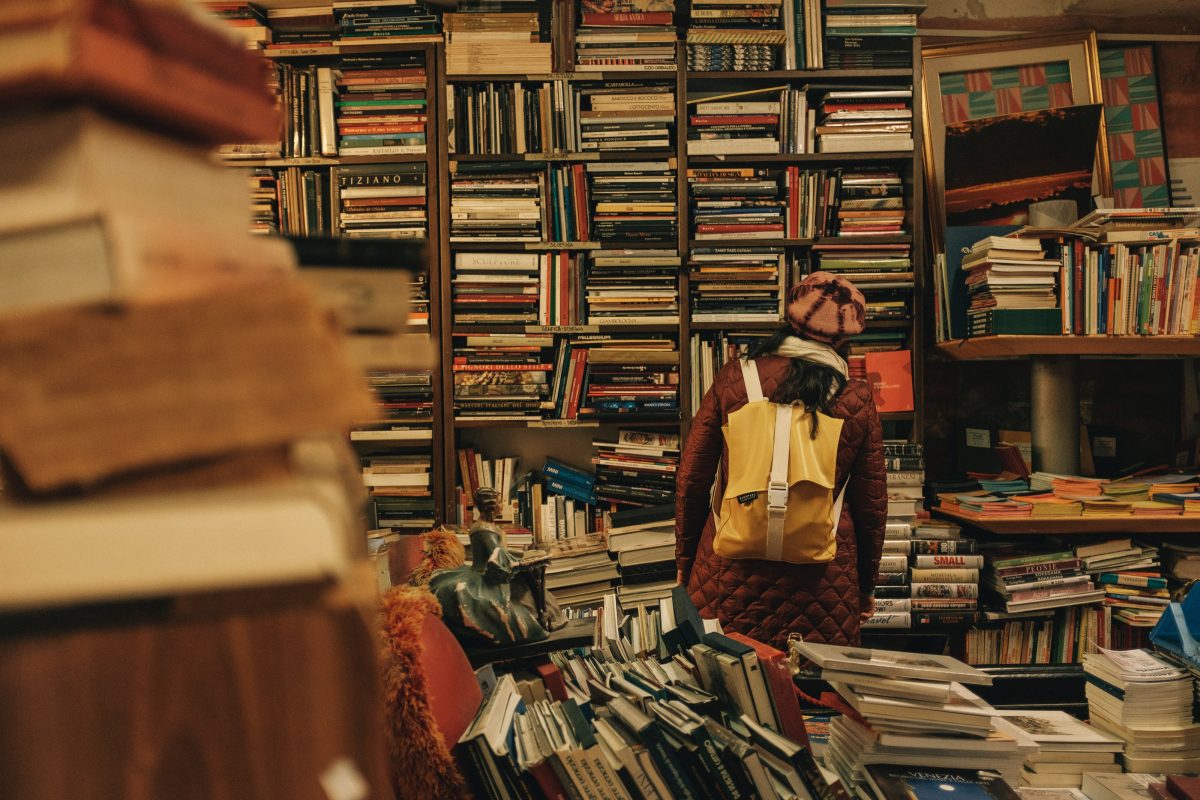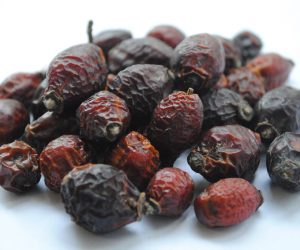
How Clutter Could be a Sign of a Major Mental Health Issue + Tips on How to Conquer the Clutter and Help a Hoarder
Dr. Caroline Leaf – We all have those times in our lives when a little spring cleaning is necessary. Things build up, we keep stuff that we don’t need and before you know it, we have a cupboard or garage full of clutter that we make sure our house guests don’t see. But what happens when our desire to keep things turns toxic? What happens when the clutter takes over our lives, and our mind? In this week’s blog and podcast, I speak with social worker and bestselling author Elaine Birchall about the relationship between hoarding and mental health, practical strategies to regain control over the clutter, how to help someone who is hoarding, and so much more!
As Elaine describes in her new book, Conquer the Clutter, hoarding is a continuum. It can just look like clutter at first, and get worse over time. It is characterized by an excessive accumulation of stuff and a failure to discard or resolve this stuff, to the point where some or all living spaces can no longer be used for their original purpose. The person doing the hoarding is usually someone who is quite distressed; their behavior often puts both themselves and others at risk.
There are three main paths to hoarding. Approximately 50-84% of people who hoard have a relative who hoards, which could indicate a genetic proclivity towards hoarding, or that this person is modeling a behavior they observed growing up. It often starts when someone is not able to deal with their stress, anxiety, grief or confusion. They feel overwhelmed by life and use clutter to cope, and they are not aware of or don’t understand their own vulnerabilities. People with other physical or mental health conditions are also at a higher risk of hoarding, as well as individuals who struggle with clutter and people who do not have the most organized or self-regulated lives. Hoarding can occur in different stages of a person’s life. It may be a response to a particular event or situation in someone’s life, which puts them on a path towards hoarding; the “stuff” is helping fill up a void they are experiencing in their life.
If you battle with clutter or hoarding, there is hope! As Elaine points out, hoarding is a scale, which means you are capable of change, so:
1. Don’t give up on yourself! Understand that this is happening and accept it.
2. Put yourself on pause. Stop the self-blame—don’t dig the hole deeper!
3. Have a system in place to deal with the clutter.
In her book, Elaine has an easy to use system that can help you start dealing with the clutter in your home. First, it is important to recognize that if something is in your environment, you have a relationship with it. The thing you need to ask yourself is where something lies on this continuum of relationship. This is a way of respecting yourself and your values, while learning to practice self-regulation. It helps make your vulnerabilities work for you instead of against you.
Elaine recommends making up a scale from 1 to 10 and asking yourself, “what is this item’s level of relationship to me?”. Items in the 1-3 range are top priority items (except if it is dangerous or contaminated, then you need to have a conversation about it), while 7-10 items are things that are not as important—items where something has got to go. Items in the 5-6 range are items where you have room to choose. Now, take the best example of a 1-3 item and the best example of a 7-10 item and then run it by the item you are choosing to keep or to get rid of. Is it closer to 1-3 or 7-10? If it is closer to 1-3, then it can be rated as a 4 item. Put this aside, and then focus on something else. If it is closer to 7-10, it is a 6 item—put it aside. Now, all you have to decide is the 5 items, which is far less overwhelming, and far more bearable, to handle.
Avoid taking items one at a time; otherwise they will be harder to get rid of, and you will get lost and distracted by your relationship to a specific item. It may also help to get someone who you can trust can help you do this if you are finding it hard to get rid of any items.
What happens if someone you know or love is a hoarder? How can you help them? According to Elaine, when trying to help someone deal with their clutter, it is important to:
1. Treat them with kindness, compassion and respect, not sympathy. A hoarder is not a broken person; they are just overwhelmed.
2. Encourage them. Even someone who is that overwhelmed has strengths, so help them find these strengths. Do it with them, not for them.
3. Put safety first. Identify any fire risks or dangerous or contaminated items in their home, and make sure they are not putting their life or yours at risk.
4. Understand what they believe. Don’t just try enforcing your values on them. Listen, try to understand and work from their paradigm, or the clutter can come back worse than it was before, and may even result in a psychotic break, especially if you just go in and take their stuff way.
5. If possible, wait and work with them slowly, so long as there no immediate threat or danger.
6. Put emotional safeguards in place. Start with emotional preparation before you move on to the physical.
7. Work at their pace, even if the pace changes. This is part of respecting the person. Be aware of their needs and their body language (remember, 50% of communication is non-verbal!).
As Elaine points out, you can also apply many of these principles if you are a compulsive shopper:
- Before making a purchase, ask yourself: What would it take for me to allow myself to go on pause?If a purchase is a good idea now, it will be a good idea tomorrow, especially of you are shopping online.
- Shopping gives us a jolt of joy, which makes us vulnerable when we are not getting our needs met. Be aware of your needs and see how you can better meet them. Would another product fill that void, or only offer temporary relief?
- Keep yourself regulated. Every day, deliberately look for little bits of joy, and stay in touch with the child inside of you; embrace feelings of joy, hope, fun, and play. Remind yourself that are growing and learning all the time. Be curious. Practice self-care. Maintain your internal and external environment so that you can truly participate in your life and find a healthy balance.
To read the original article click here.
For more articles by Dr. Leaf click here.






